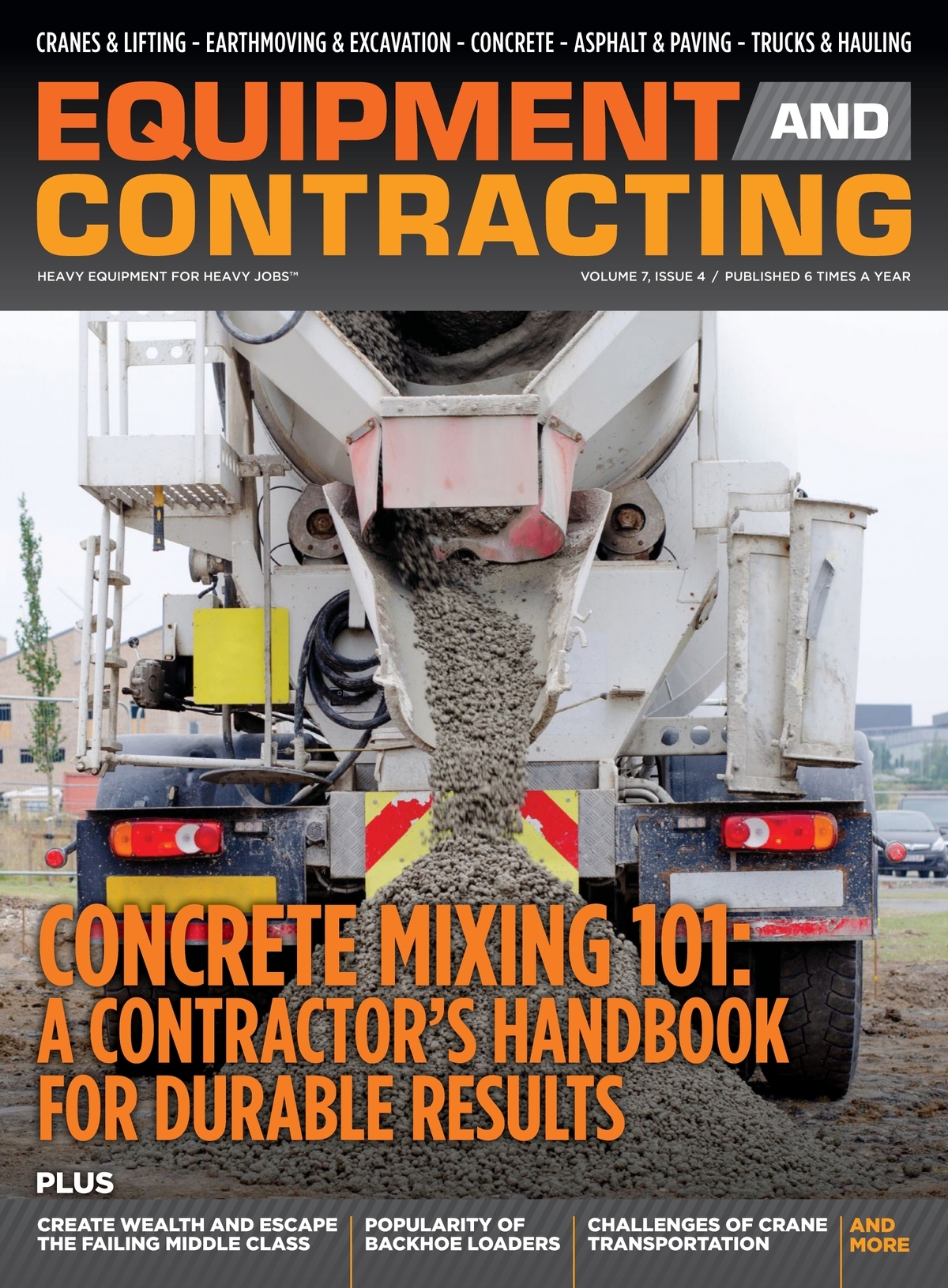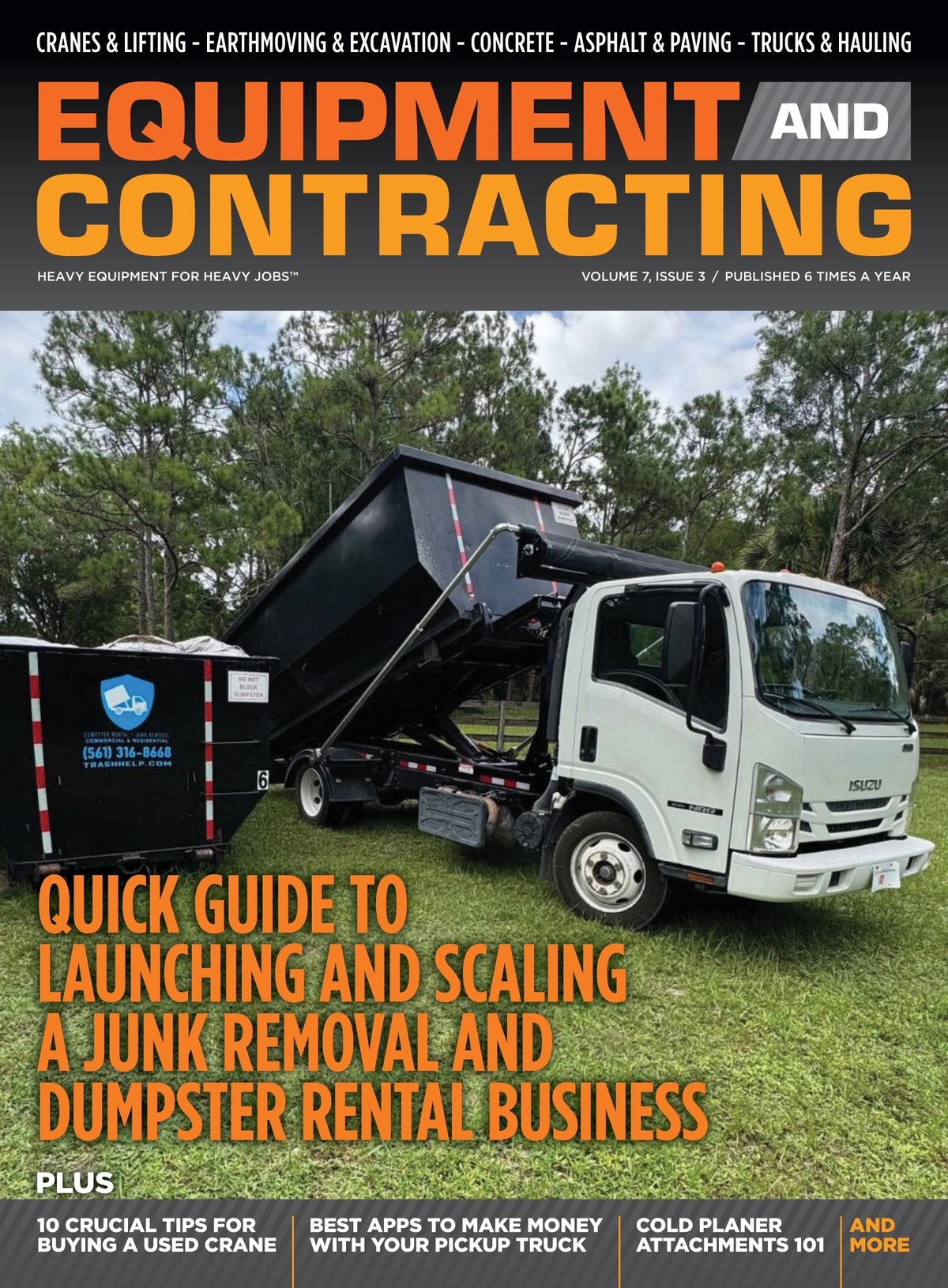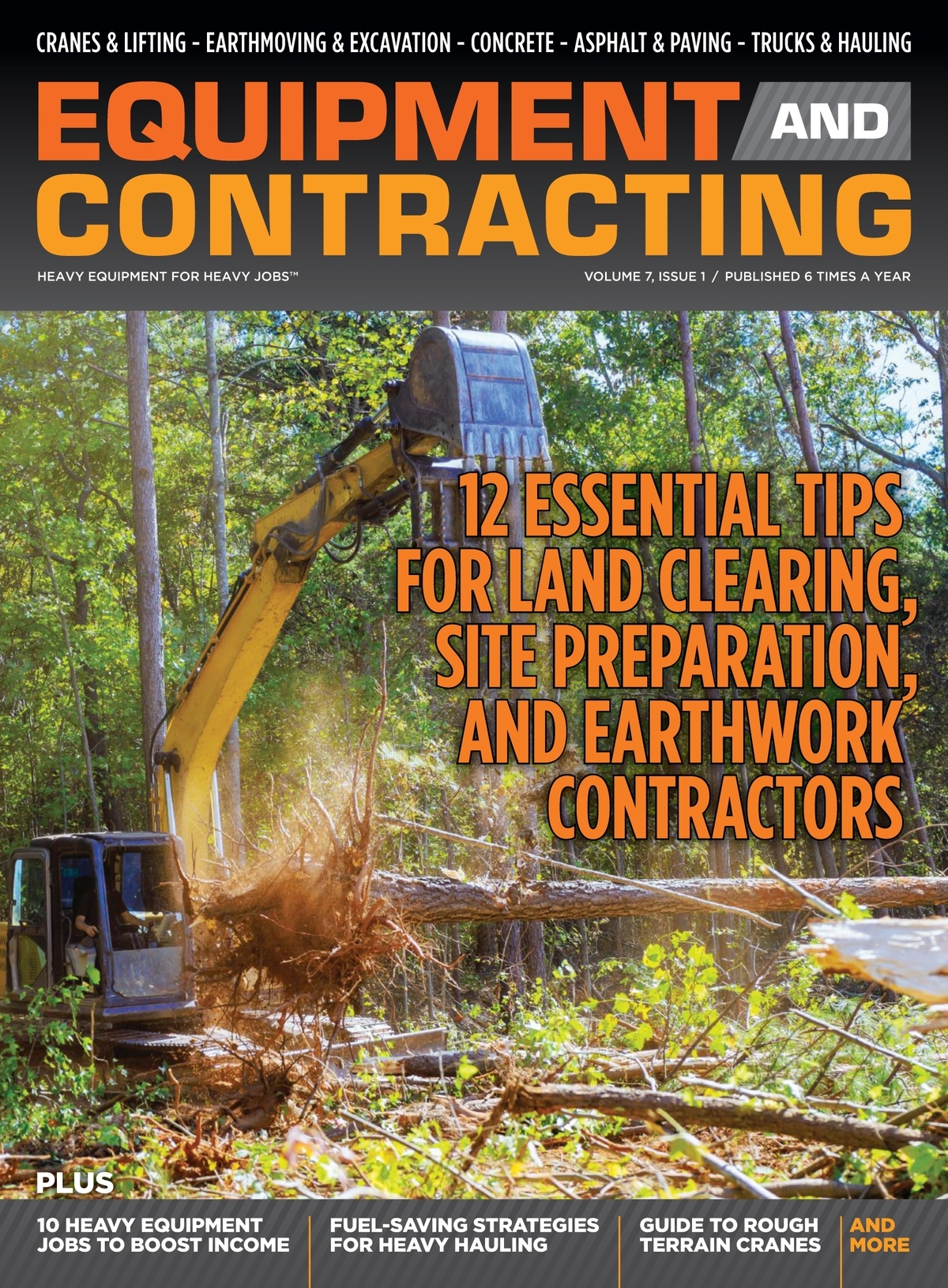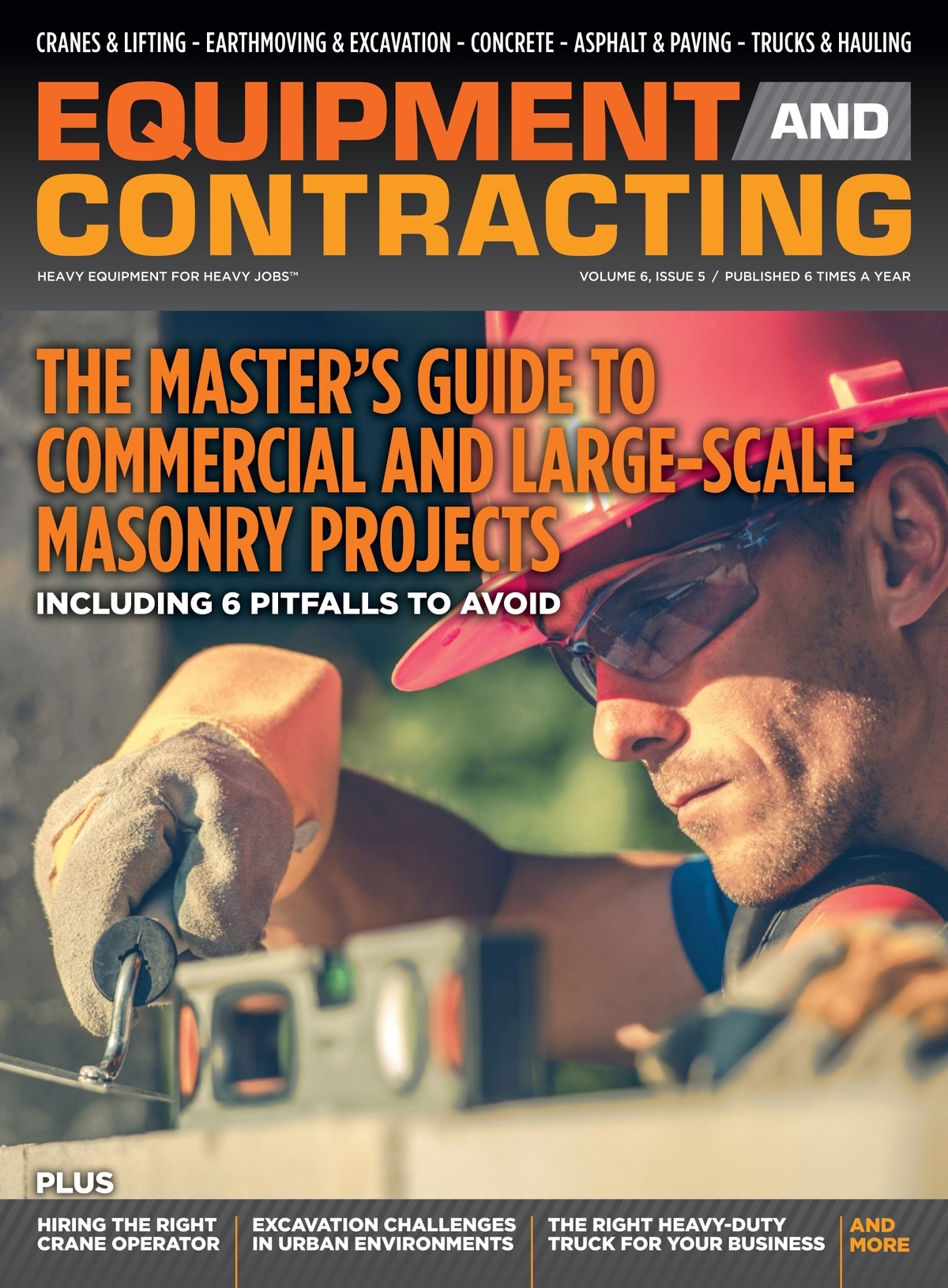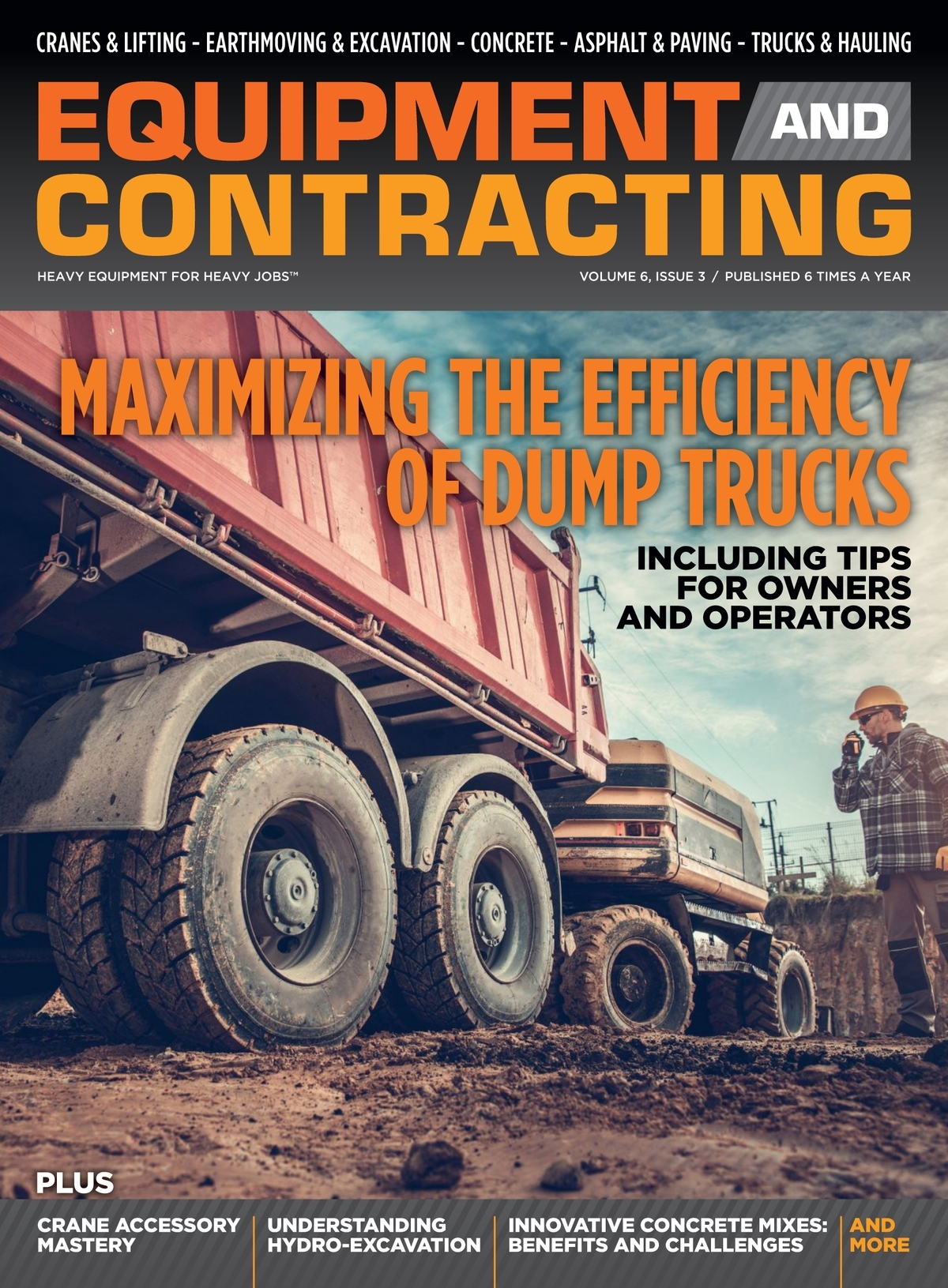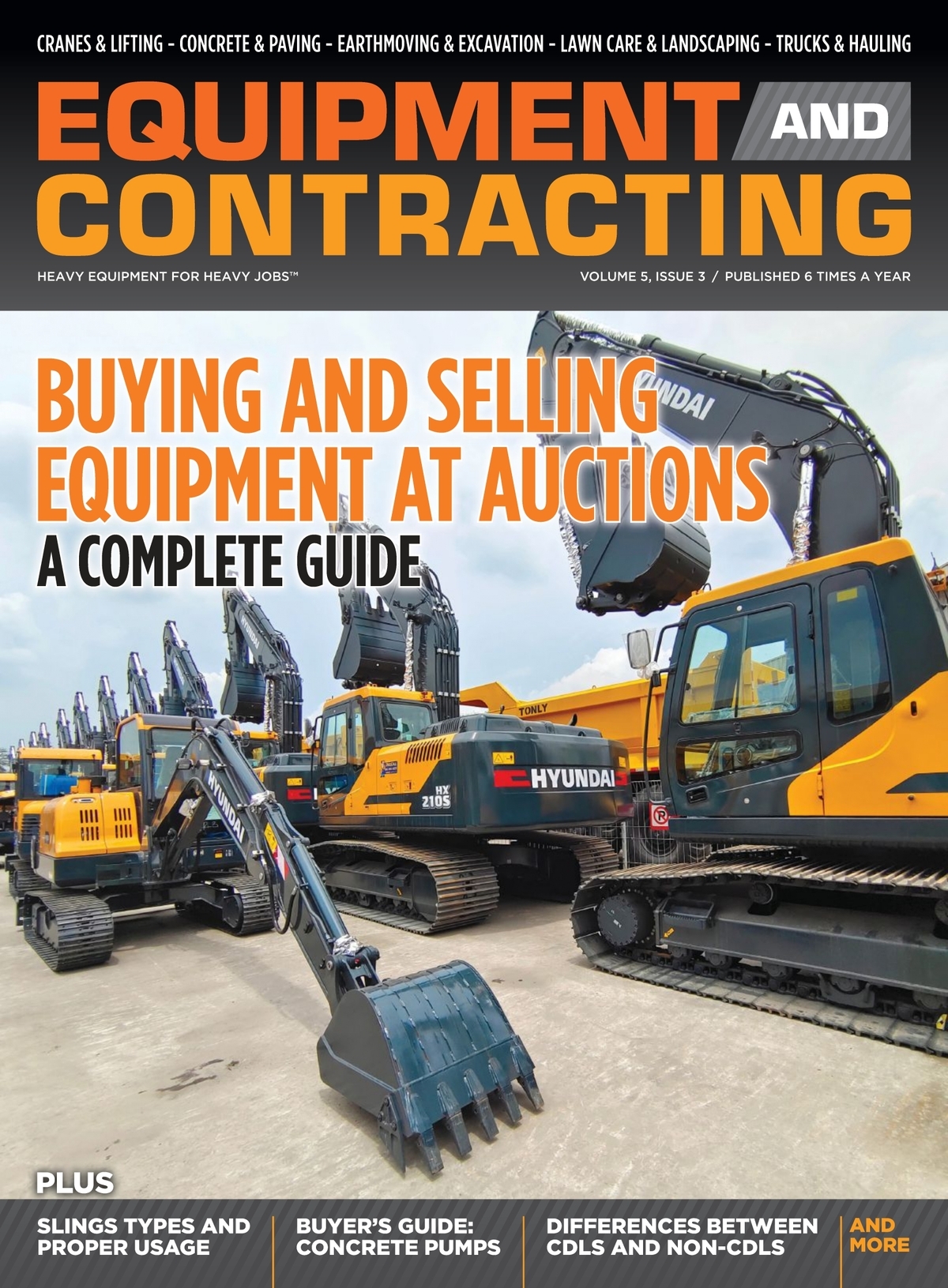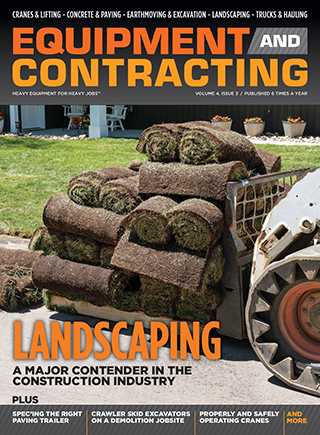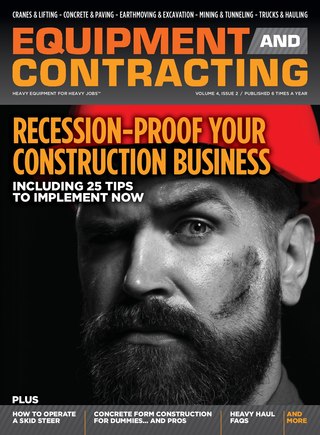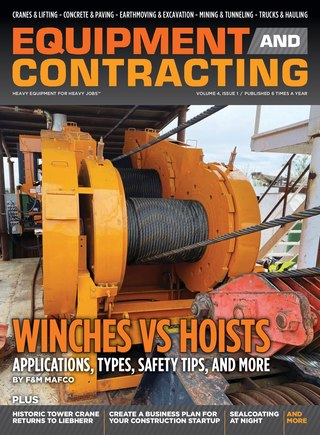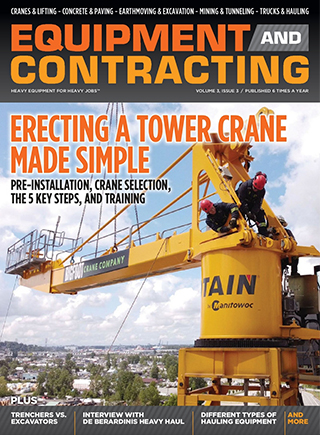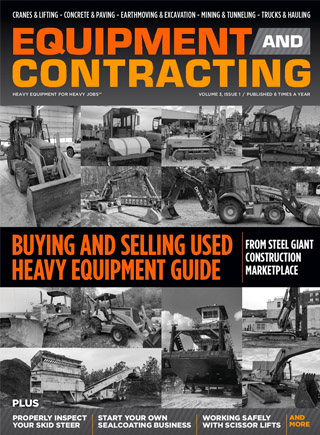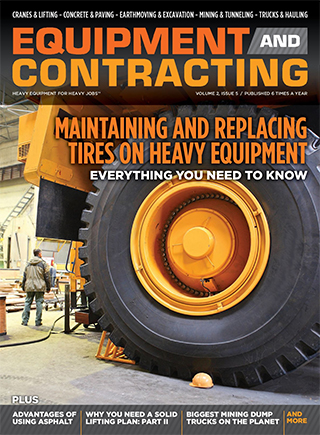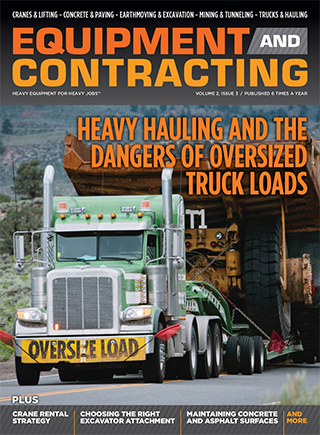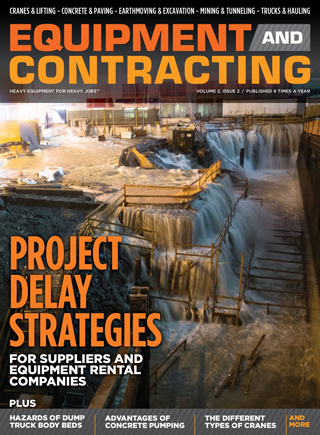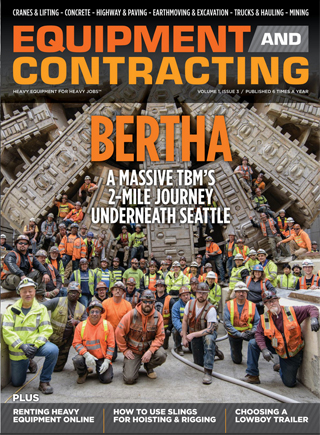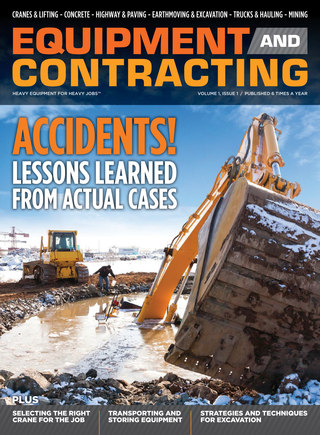
Moving long and oversized loads is one of the most demanding operations in the trucking industry. These hauls rely on a clear understanding of physics, load distribution, trailer selection, axle spacing, turning behavior and securement. When freight is longer, heavier or more complex than typical cargo, engineering principles guide every decision. From how the load rests on the trailer to how the vehicle moves through a tight corner, the science behind these moves is what keeps each haul safe.
Load Distribution and Center of Gravity
Balancing Weight for Stability
Every oversized haul begins with one question. How should the weight be positioned across the truck and trailer. When the freight is placed well, the load stays stable. When it is not, the entire combination becomes harder to control. The goal is to spread mass so that no axle group carries too much force.
Understanding the center of gravity is essential. Long beams, industrial machinery and concrete components often carry uneven weight. If the heavy point sits too far forward, the drive axles bear excessive stress. If it sits too far back, the trailer becomes unpredictable. A well positioned load keeps the center of gravity low and centered, which improves handling during braking, turning and lane changes.
Correct load distribution also protects equipment. Balanced loads reduce tire wear, prevent suspension strain and keep steering consistent. It is the foundation of every safe long haul.
Trailer Selection and Axle Spacing Logic
Choosing the Right Equipment for the Job
Trailer choice has a major effect on how the haul performs. Each type of specialized trailer suits specific freight. Lowboys support tall machinery. Stretch flatbeds accommodate extreme lengths. Beam trailers provide strength for concentrated loads. Steerable dollies assist with unusually long freight that extends beyond a standard deck.
Axle spacing is just as important. The more axles supporting the freight, the more evenly the weight can be spread. When weight is distributed across well spaced axles, stress on the trailer and pavement decreases. This improves stability and protects the equipment through the entire trip.
For extra long loads, some trailers extend through telescoping decks, while others use modular systems that support the front and rear separately. Matching the trailer to the freight ensures stability before the truck even leaves the yard.

Turning Dynamics of Long Loads
Managing Movement Through Intersections and Curves
Long loads do not behave like standard trailers in a turn. When the tractor begins to rotate, the rear of the trailer follows a tighter path. The longer the load, the more pronounced this off tracking becomes. This requires wider turns, slower speeds and extra clearance.
Steerable dollies help reduce this effect. By allowing the rear axles to pivot, the trailer follows a smoother path through the curve. This reduces stress on the freight and improves control in tight spaces.
Vertical movement matters as well. Long loads may contact the ground if the deck height, suspension or load placement is not adjusted for uneven terrain. Engineers plan for this early to prevent grounding or load damage.
Securement Methods and Load Protection
Holding the Freight Steady Throughout the Trip
Securing long and oversized freight is a technical process. Engineers evaluate how forces act on the load in all directions. Forward force during braking. Side force during cornering. Vertical force from road vibration. The securement plan must counter every movement.
Chains, straps, friction mats, blocking and bracing work together to keep the load fixed in place. For long steel or concrete components, additional supports or stopping plates may be added to prevent movement along the deck. The angle and placement of each tie down matters. Rigidity is the goal so the load remains stable over long distances.
During the trip, drivers perform checks to confirm that the securement remains tight and safe. Consistent inspection helps catch changes before they become problems.
Many contractors rely on specialty trucking services when handling complex industrial components, since careful engineering and securement are essential from the start of the move to the finish.

How Axle Load Affects Performance and Durability
Protecting Equipment and Infrastructure
As freight becomes heavier, axle loads increase. Higher axle loads add stress to brakes, suspension components and tires. They also apply greater force to pavement. This is why engineering teams study axle distribution so closely. More axles result in less weight per axle. Less weight per axle helps maintain stability and reduces the risk of wear or mechanical failure.
By spreading the load correctly, the vehicle handles grades, uneven surfaces and long travel distances more safely. Correct axle spacing reduces heat buildup in braking systems, limits strain on the tractor and trailer and ensures predictable handling even under heavy stress.
Integrated Engineering Creates Safer Long Load Hauls
Hauling long and oversized loads is a blend of engineering, planning and experience. Load distribution affects stability. Trailer choice affects structural support. Axle spacing affects stress. Turning dynamics affect maneuverability. Securement affects rigidity. Every part of the move depends on accurate calculations and proper equipment.
A well executed long load haul is the result of applying physics carefully and understanding how every component of the truck and trailer behaves. Engineering turns a challenging move into a predictable one.
When freight is oversized or unusually long, working with an experienced heavy haul provider helps ensure that all technical details are managed correctly from the first planning step to the final delivery.


